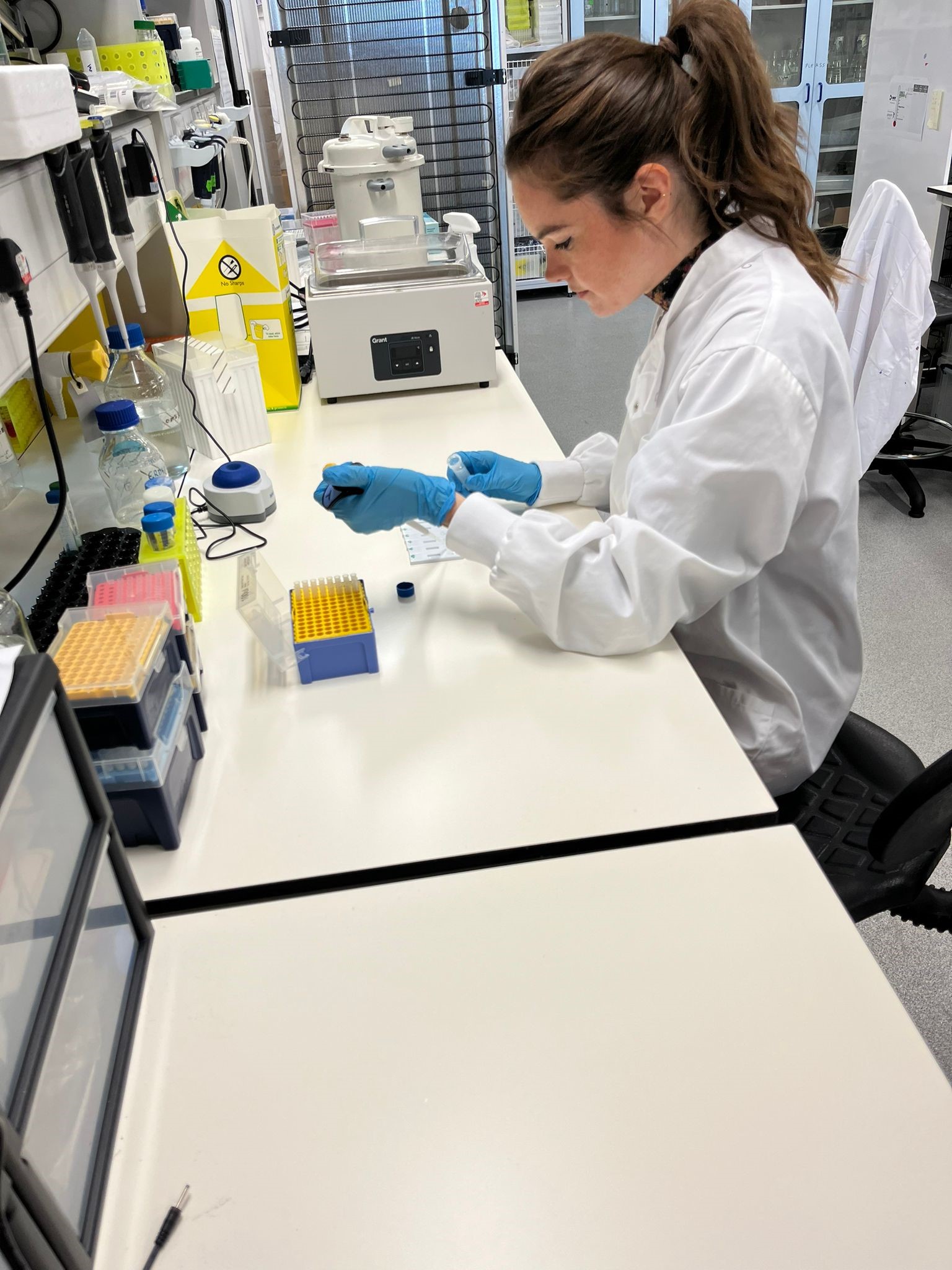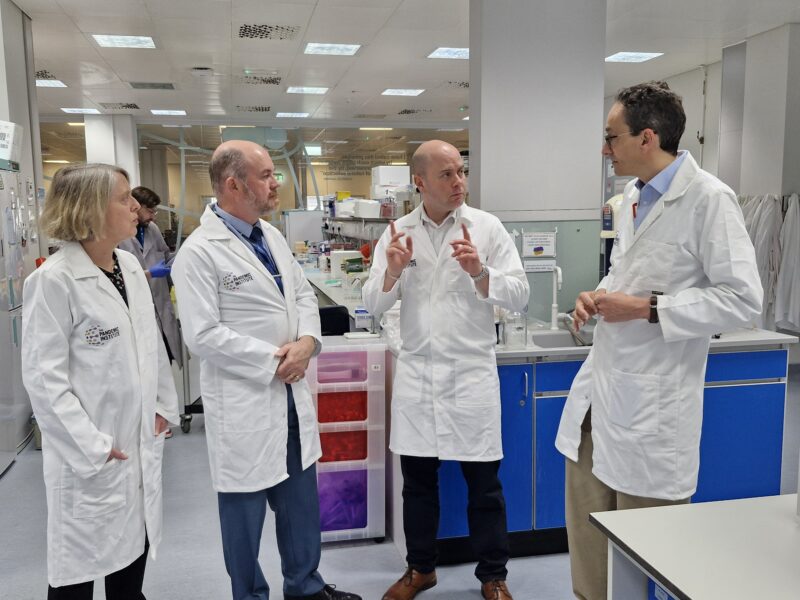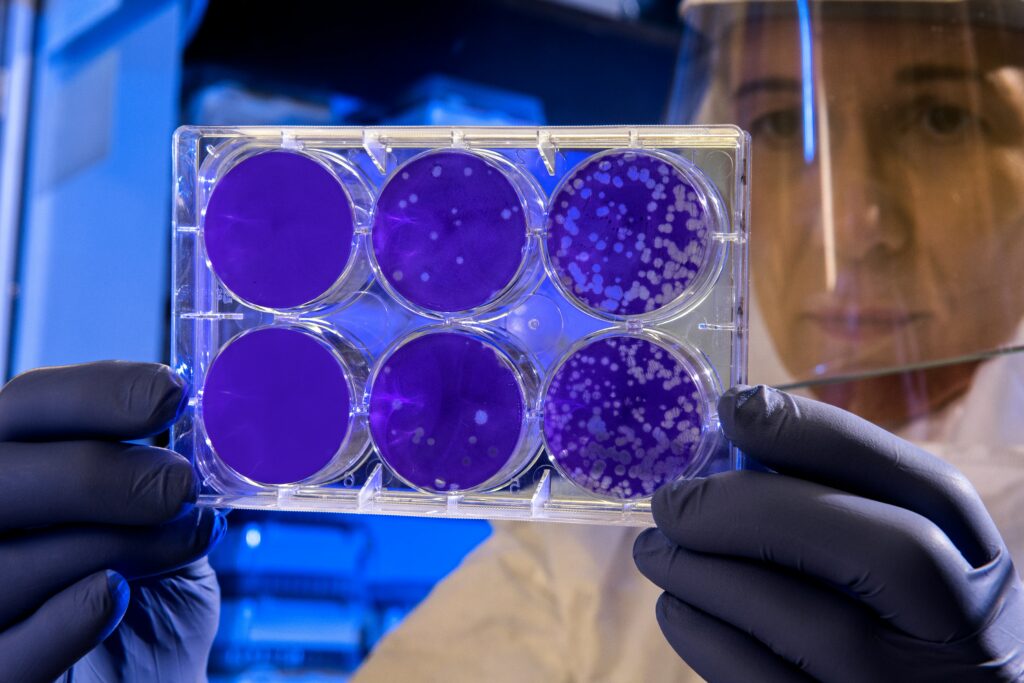World’s first rapid test developed for Crimean-Congo haemorrhagic fever
January 14, 2025

January 14, 2025

We’ve recently enjoyed hosting visitors from our partner Liverpool City Council, including Brownlow Hill councillors Heather Westhead & Tom Cardwell, plus Liam Robinson (Leader of Liverpool City Council) and Andrew Lewis (Chief Executive). The visit gave us an opportunity to discuss some of the achievements of The Pandemic Institute since it was formed in 2021,…

A new collaboration between The Pandemic Institute (TPI) and the Defence Science and Technology Laboratory (Dstl), is set to fund vital research into emerging infectious diseases. The initiative will bring together researchers from both organisations with the aim of strengthening the UK’s ability to detect, understand and combat known and emerging pathogens. The collaboration will…